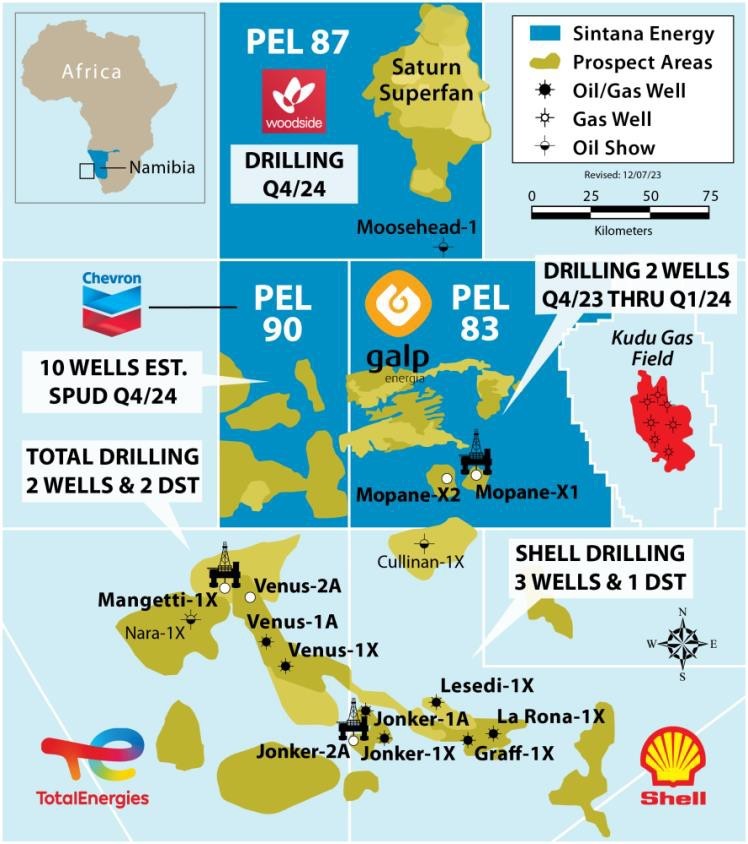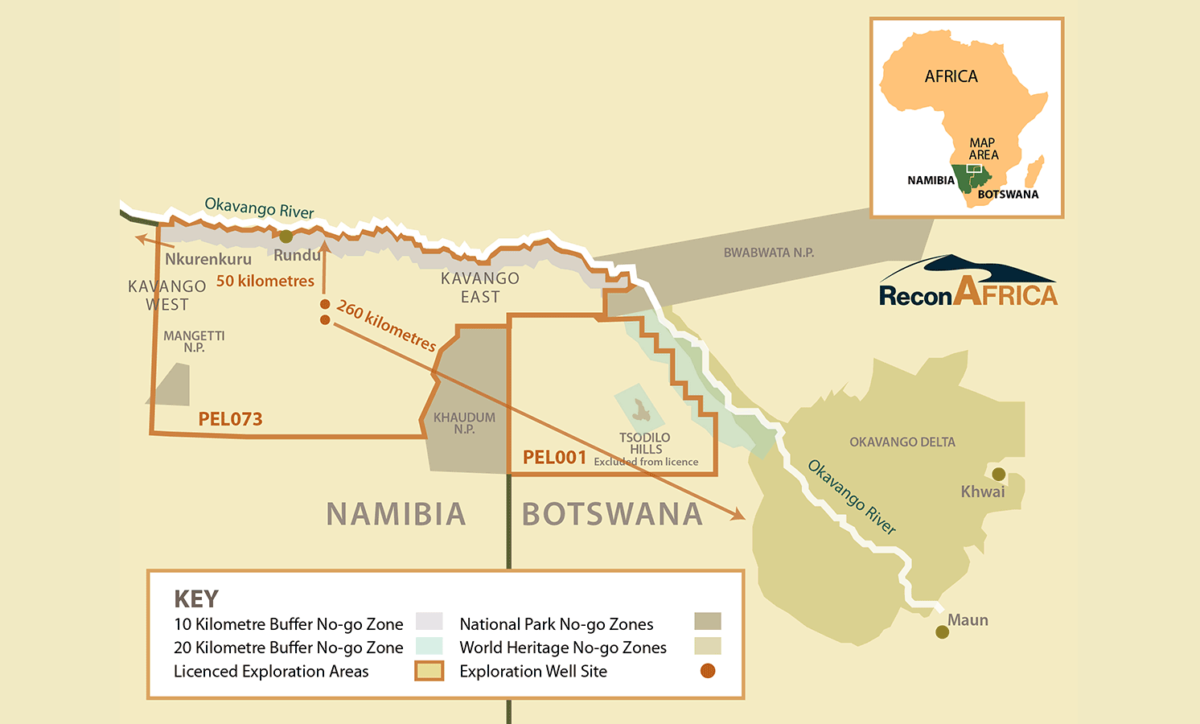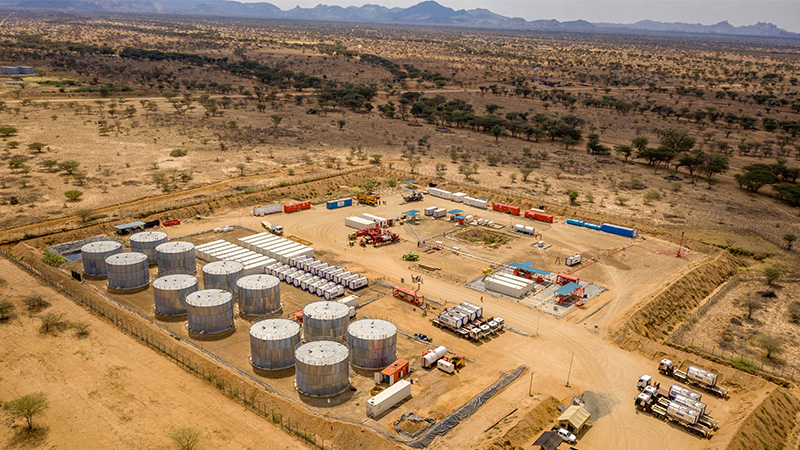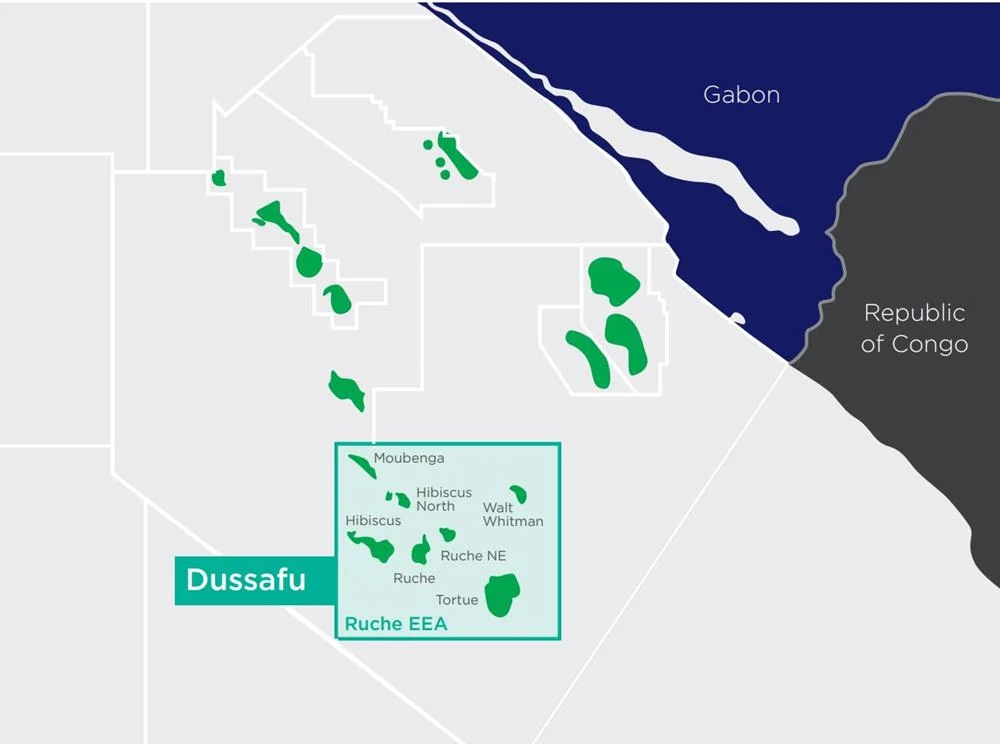KENYA: New Report Reveals Increased Pollution, Hazardous Waster and Respiratory infections in Lamu and Lokichar
The WWF- Kenya’s oil for development project has launched an Environmental assessment report conducted in Lamu marine crude oil terminal and Lokichar oil fields. The WWF- Kenya’s oil for development project aims to limit impacts of petroleum development on nature and people. This is through partnering with civil society organisations to contribute to extensive research studies that highlight key environmental and social risks and provide recommendations on the inclusion of environmental and social safeguards in the petroleum development in the country.
The comprehensive environmental and assessment report commissioned by WWF-Kenya and Kenya Oil Working Group (KOGWG) was undertaken on 20th -21st November 2019 in 18 sites within the Lamu Marine crude oil terminal in Hindi and on 28th -29th November 2019 in 6 sites in Lokichar oil fields.
By documenting the current status of wildlife, vegetation cover, forest cover, settlement patterns, level of noise pollution and revealing the current quality of air, water and soils in the two regions the study aimed to reduce environmental impact by establishing a baseline data for subsequent environmental monitoring.
The development of the Lokichar oil fields, the Lokichar-Lamu crude oil pipeline as well as the Lamu marine terminal is expected to bring social and economic development at the local and national level, but if not properly managed, can result in lasting impacts to the environment and the people. In order to assess the environment, WWF and partners conducted the assessment and identified the following issues;
1. Inefficient Pollution Prevention Mechanism. From the assessment high Carbon Dioxide
concentrations have been revealed in Ngamia 1, Ngamia 3 and Amosing fields in Lokichar which was high at 532 Parts per million (ppm).
2. Inappropriate hazardous waste management: The hazardous waste is managed in an open area in close proximity to households. During the production stage, in the event the hazardous waste is not properly managed, contamination of both underground and surface water is likely to occur affecting the health of the people and livestock.
The effects of environmental pollution considered in this study revealed –
3. Increasing levels of Respiratory Tract Infections. Both in Lamu and Lokichar, respiratory tract infection, upper respiratory tract infection has been reported. While in Lokichar, it has been established that upper respiratory tract infection is the most prevalent disease in the area having the highest case recorded compared to Lamu and is increasing yearly. Eye infection is majorly attributed to the air pollution. Other infections in the area include; Malaria, diarrhea, pneumonia, ear infection, urinary tract infection and skin diseases.
4. Increase in traffic at the Lamu port and south Lokichar basin leading to noise pollution. The most significant impacts of high-level noise are: noise induced hearing loss, interference with communication; sleep disturbance, general work performance, annoyance relaxation, thought and concentration. As the development of the South Lokichar Oil basin continues the increased traffic is expected to increase noise levels that may cause negative health effects. In Lamu Port terminal which was almost complete, the
operation phase will lead to increase in traffic in the port hence increase in the noise levels taking into consideration the noise level at the port and Mkowe ranged 67.1-75.0 decibels (DB )(A) and 70.1-76.6 decibels (DB) (A) which is on the margin of excess noise.
5. Impact of particulate matter to human health: The health effects of inhalable particulate matter include: cardiovascular diseases, respiratory diseases and lung cancer (WHO, 2011). In Lokichar, the measurement of the particulate matter was done during the rainy season hence the level of dust was low. Lokichar is a semi-arid area which experiences long dry seasons with a lot of wind that increases the particulate matter concentration in the air and this increases the health risks associated with high
particulate matter for instance upper track infection as indicated in the social/medical data obtained from the hospital. Similarly, in Lamu, particulate matter measurements were conducted during the short rainy season and thus, low levels of dust particles were recorded. The particulate matter should be monitored frequently so as to ascertain the contribution of the ongoing projects to the high levels of PM. This is partly because the project areas are characterized by loose soil material and strong winds which together contributes to particulate matter concentration in the air.
6. Health effect of Sulphur Dioxide: SO2 can affect the respiratory system and the functions of the lungs and causes irritation of the eyes. When SO2 combines with water, it forms sulfuric acid; this is the main component of acid rain which is a cause of deforestation (WHO, 2019). The concentration of SO2 in Lokichar ranged from 1.2 to 1.7 µg/m3 while at Lamu the concentration ranged from 15.0 to 15.6µg/m3 which is within the maximum allowed limit of 80 µg/m3. These levels should be maintained;
hence we recommend monitoring of the air quality quarterly.
7. Health Effect of Nitrogen Dioxide: Epidemiological studies have shown that symptoms of bronchitis in asthmatic children increase in association with long-term exposure to NO2. Reduced lung function growth is also linked to NO2 at concentrations currently measured (or observed) in cities of Europe and North America (WHO, 2019). The concentration of NO2 in Lokichar ranged from 1.8 to 2.6µg/m3 while at Lamu the concentration ranged from 11.0 to 18.0 µg/m3 which is within the maximum allowed limit
of 80 µg/m3. These levels should be maintained; hence we recommend monitoring of the air quality quarterly.
WWF and KOGWG have elaborated recommendations below to help guide the petroleum production phase in the country in order to minimize the potential impact to people and nature in the two project sites.
1. NEMA to undertake quarterly environmental audits for monitoring changes in the environment within the project sites.
2. Oil company to adherence to national and international laws as well as international standards on pollution prevention, hazardous waste management, community health and safety while undertaking petroleum development.
3. Oil companies employ up-to-date technologies to capture excess carbon. This will ensure that Kenya is complying to national legislations and international treaties on combating climate change.
About WWF -Kenya’s Oil for Development Project
The oil for development project by WWF-Kenya, was kick started in the 21st century as the country started to venture into oil exploitation. WWF-Kenya has been working closely with the Kenya Oil and Gas Working Group (KOGWG) to facilitate knowledge sharing on the possible environmental impact outcomes of the two projects. WWF-Kenya is also promoting equitable sharing of benefits by encouraging funds derived from natural resources to go towards reducing the negative impact posed to local communities and biodiversity. So far they have jointly published the Preliminary threat analysis
report on The Foundation Stage Development of the South Lokichar Oil Basin and The Rapid Risk Assessment of the Lokichar – Lamu Crude Oil Pipeline that have revealed potential environmental and human risk if projects are mismanaged. More information including the new Environmental and Health baseline study can be found on the oil for development main site.











